The consistency of primordial puddles may have been crucial for molecules such as RNA and DNA to replicate themselves, according to US researchers.
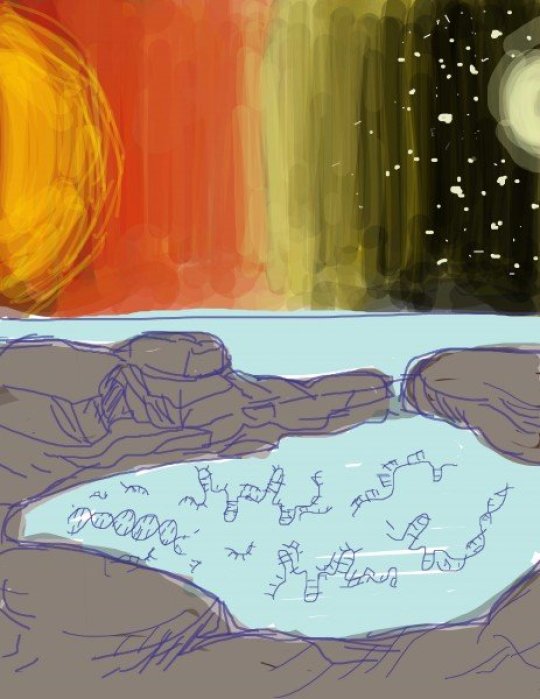
Credit: Georgia Tech / Christine He
RNA and DNA molecules are assumed to have begun to replicate themselves in a form of primordial puddles on Earth, as life took its first tentative steps.
It was the first step towards all life that was to evolve on Earth.
This environment would according to the US researchers have required a viscous liquid consisting of such stuff as salts and organic molecules.
Georgia Tech researchers Christine He and Isaac Gállego came to this conclusion after having tested and simulated what could be the conditions of the origins of life.
They have been able to recreate an environment consisting of a viscous mixture of glycerol and choline chloride, in which RNA and DNA begin to copy themselves.
Previous trials have attempted to create this environment using the more common, ordinary, running water, but it has been difficult to get these molecules to react.
“I think it’s very, very different from anything that’s been done before,” said researcher He. “We can change the physical environment in an easy way, and promote these processes that wouldn’t happen in conditions ordinarily being used.”, Christine He said to Science Daily.
This primordial fluid stands in contrast to what happens in our own cells where enzymes facilitate and help copy RNA and DNA.
Reference:
Christine He et al. A viscous solvent enables information transfer from gene-length nucleic acids in a model prebiotic replication cycle. Nature Chemistry 11 October 2016. DOI: 10.1038/NCHEM.2628

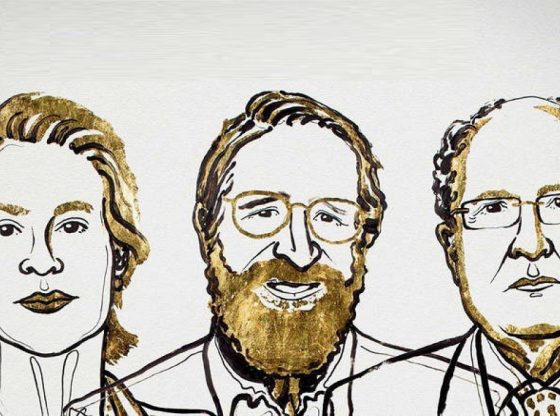
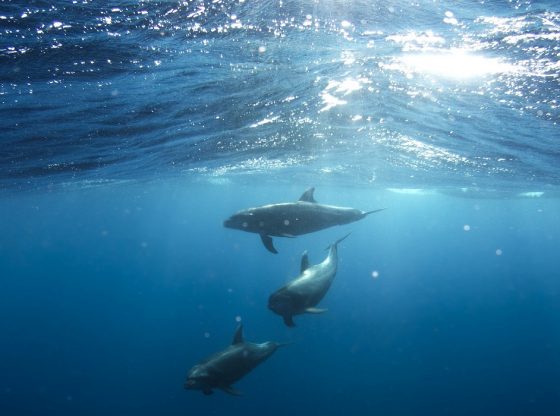
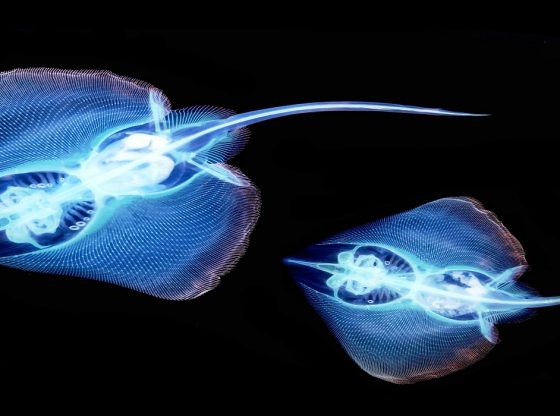

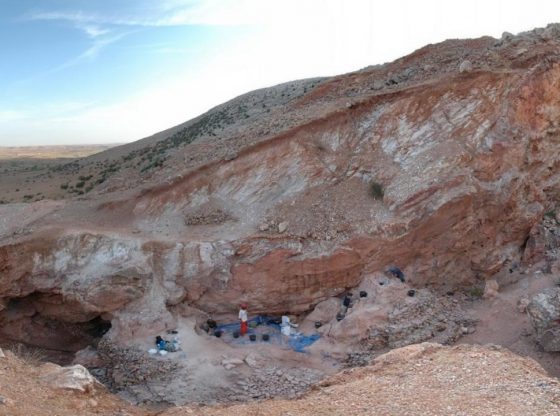
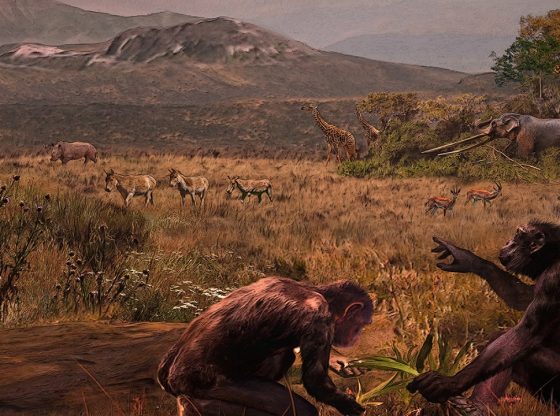

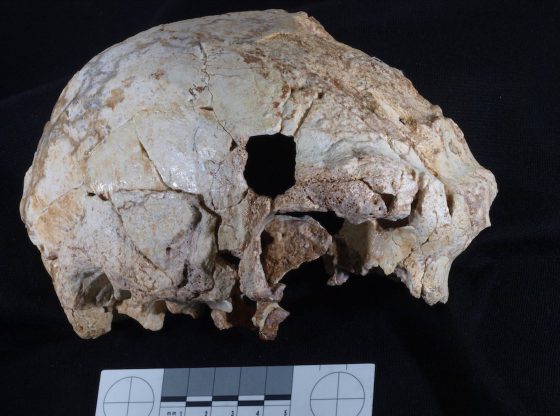
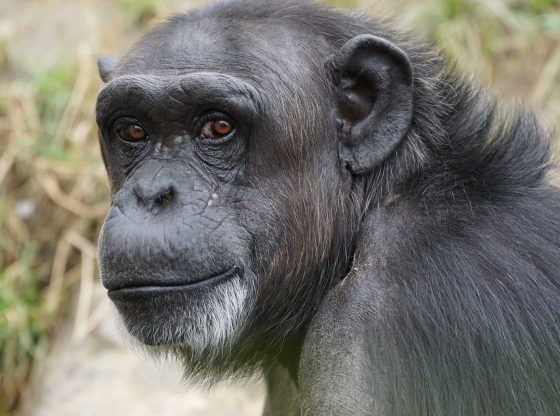
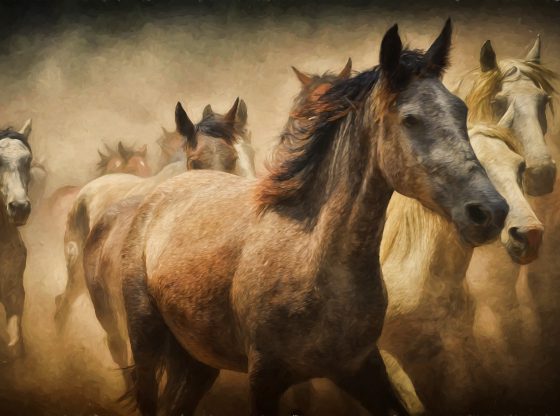
![OpenAI. (2025). ChatGPT [Large language model]. https://chatgpt.com](https://www.illustratedcuriosity.com/files/media/55136/b1b0b614-5b72-486c-901d-ff244549d67a-350x260.webp)
![OpenAI. (2025). ChatGPT [Large language model]. https://chatgpt.com](https://www.illustratedcuriosity.com/files/media/55124/79bc18fa-f616-4951-856f-cc724ad5d497-350x260.webp)
![OpenAI. (2025). ChatGPT [Large language model]. https://chatgpt.com](https://www.illustratedcuriosity.com/files/media/55099/2638a982-b4de-4913-8a1c-1479df352bf3-350x260.webp)








